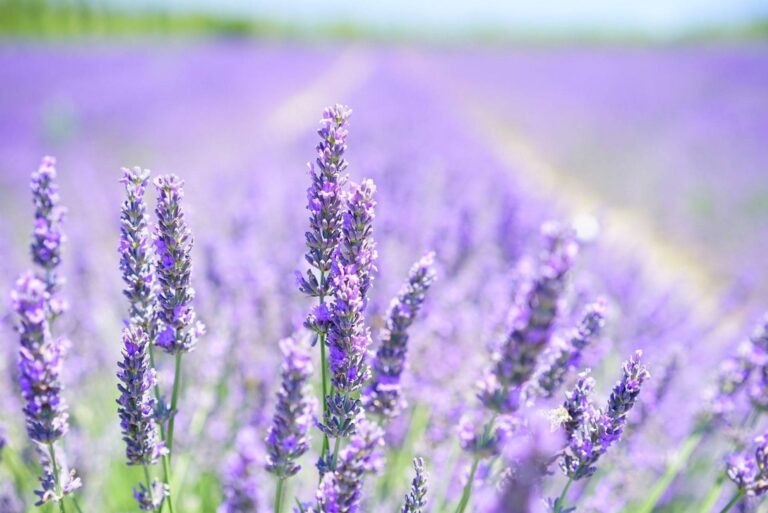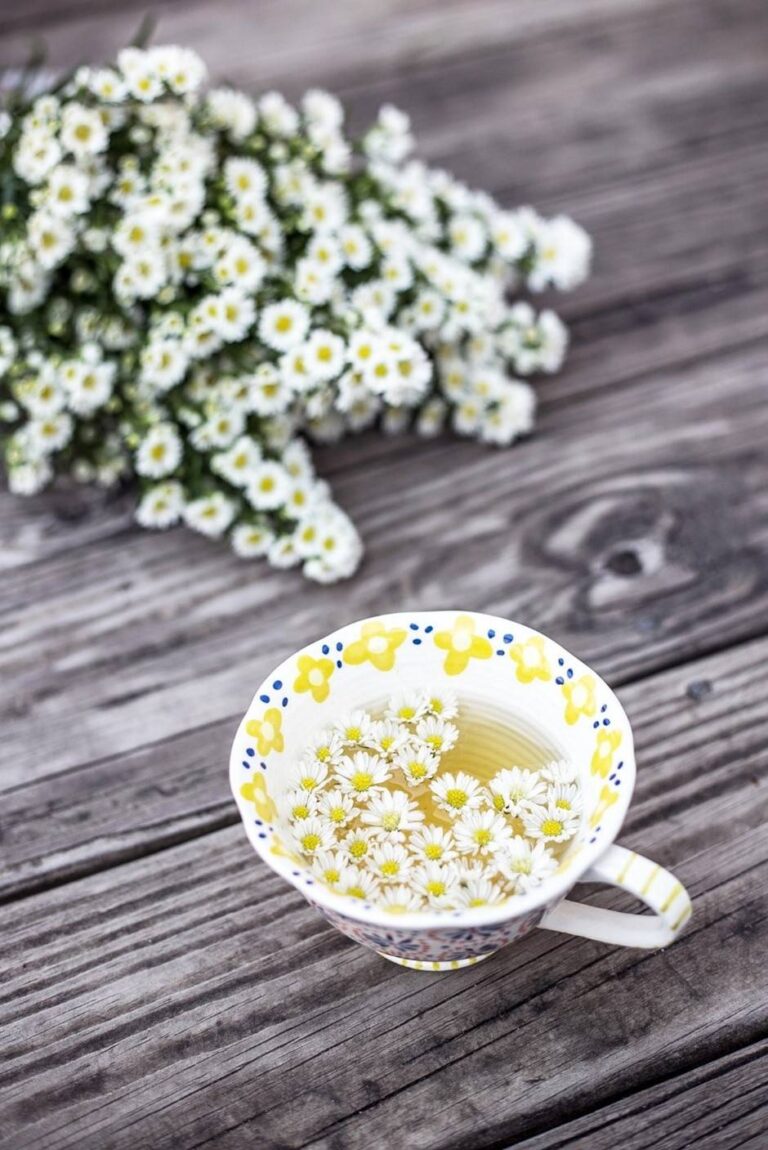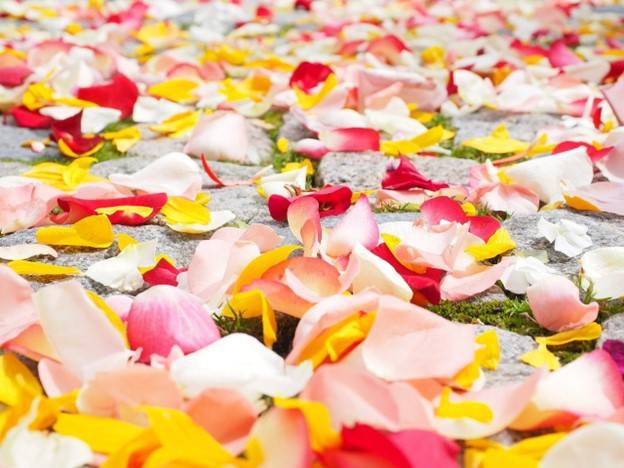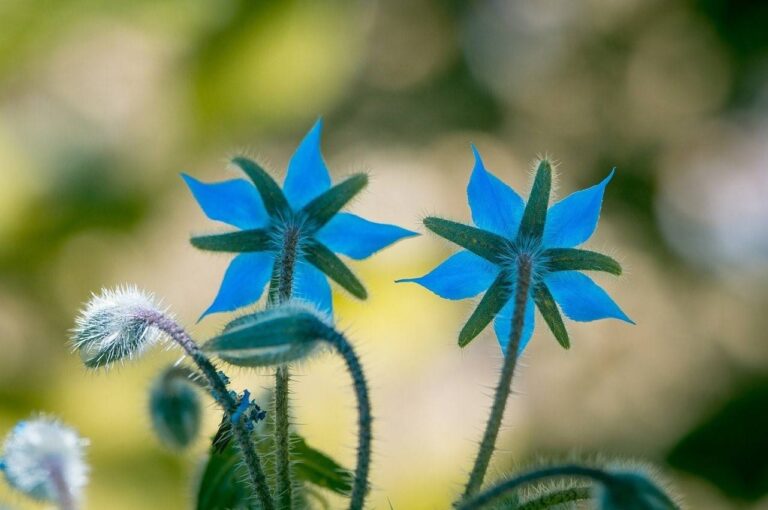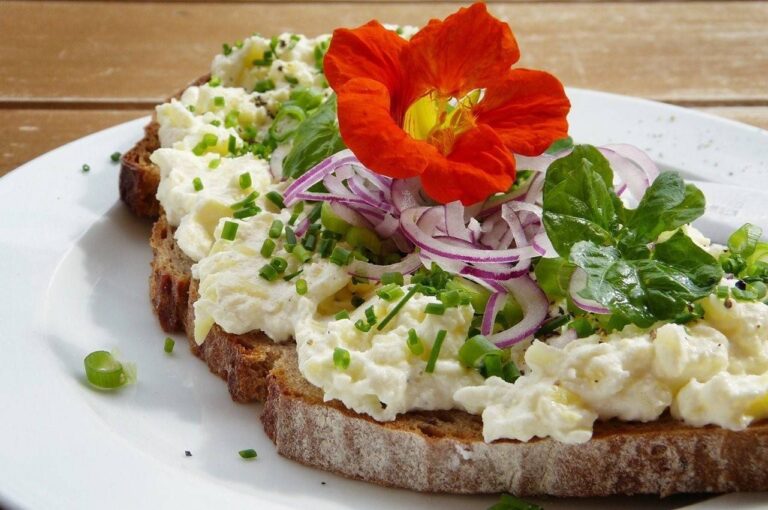
Video Games as Therapy: Playing to Heal
One of the newest therapy techniques that you may be surprised to hear about — Video Games! Yes, it is real. Researchers and other professionals in the medical and therapeutic/wellness communities are beginning to get some real data behind the beneficial uses of video games. Certainly, just as any study, these are under certain controlled and studied circumstances, but more information is continually flowing on the different types of people that playing video games can help.
